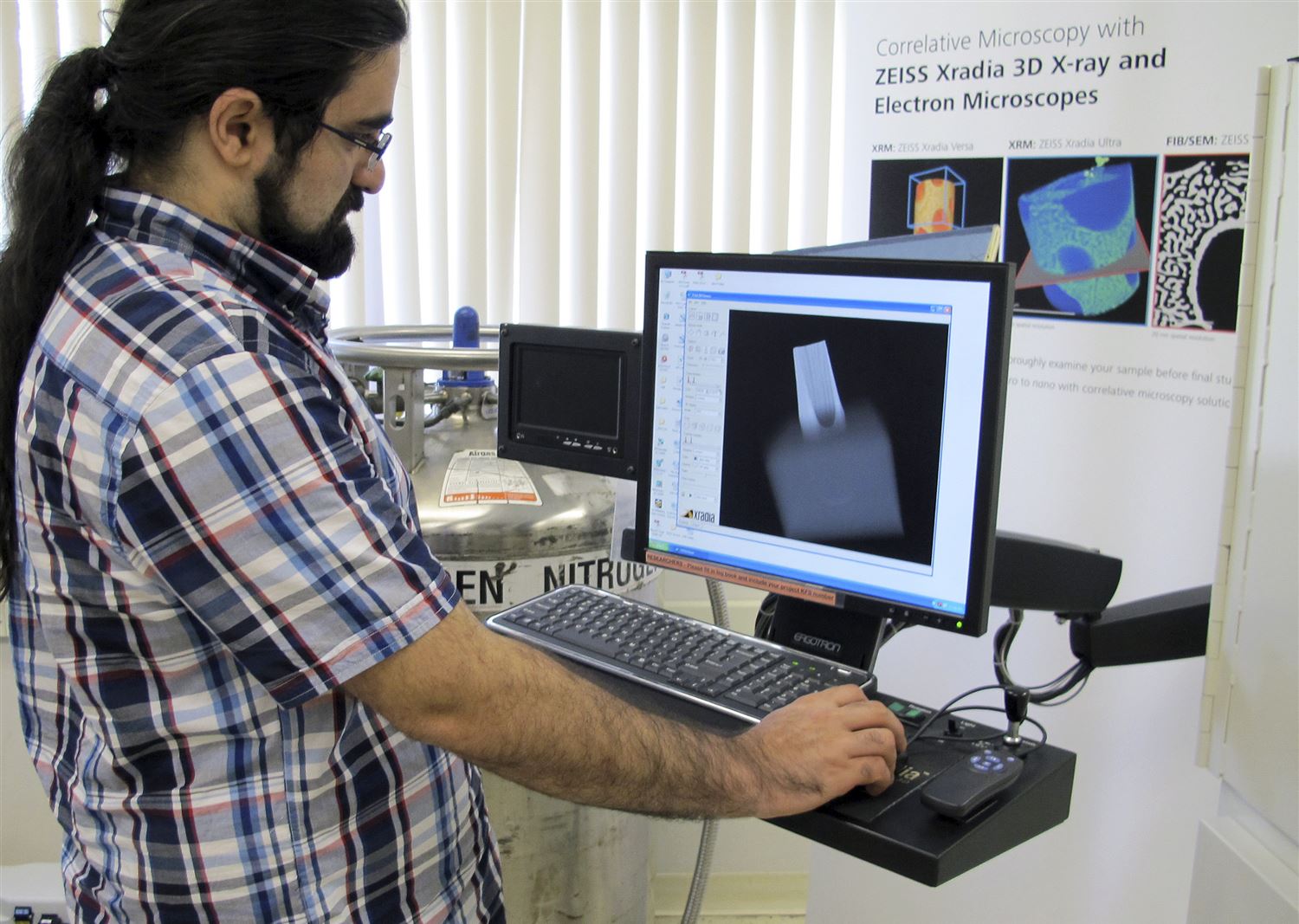It’s not just Olaf Diegel producing saxophones with 3D printing. Dr. Robert Howe, a Massachusetts based scientist and student of music history, realised the same computerised tomography (CT) scanning technology that could make precise 3D images of medical parts could aid his study of antique musical instruments. This week, Howe, Bass and Shahbazmohnamadi began seeking a patent for their process. The group has developed a CT scanning technology to not just makes images of those instruments, but 3D print parts that will awaken more of the ancient artefacts to be played.
Dr. Howe, a doctoral student in music theory and history at the University of Connecticut (UConn) took his idea to his music theory tutor Prof. Richard Bass, who contacted Sina Shahbazmohamadi, the school’s director for advanced 3D imaging. The researchers at UConn are using medical technology to rejuvenate life in antique musical instruments. Together, they have made a process for using medical computerised tomography scanning technology to subsequently 3D print copies of parts for the musical instruments.
The three dimensional imaging technology helped the Uconn team to discover and illustrate the precise construction of an antique horn from the eighteenth century. The output was more complex than the team had expected. There was a breakthrough by Shahbazmohamadi that allowed the team to scan both wood and metal and together, allowing the group to then get 3D images of the antique items in their original materials.
Howe said that there are “Only three original mouthpieces … known to exist in the entire world.”
The team scanned the original mouthpiece and with some skill, creativity and hard work produced a 3D printed replica that fits onto the original saxophone. The team reportedly then scaled the 3D imaging data to size to make mouthpieces for a range of different Sax horns. The UConn team’s 3D printed saxophones mouthpieces cost just $18.
Shahbazmohamadi was reported as saying that he believes that one day, 3D printers will replicate copies in the original materials, make copies of entire instruments and as they have here, repair broken ones. The director for advanced 3D imaging said that “the images can be kept on file, then as the technology improves, machines can make ever more exact copies in the original materials.”





